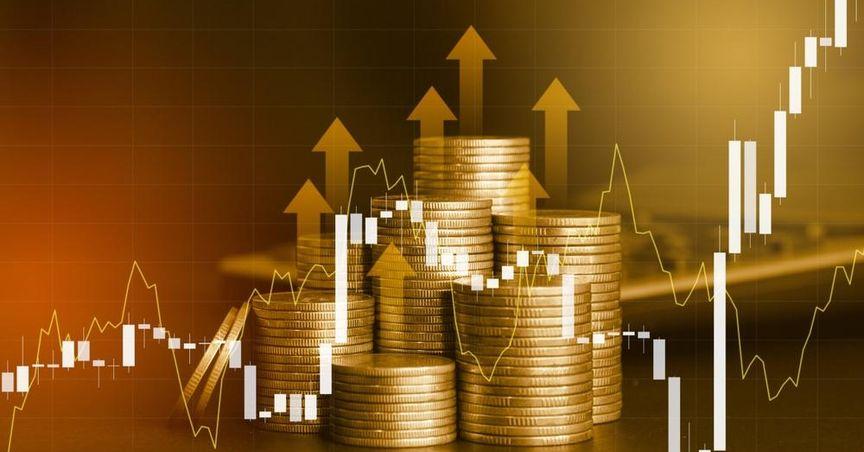Highlight
- Gold strengthens amid escalating geopolitical tensions.
- Bullion surpasses $US2638 per ounce with steady demand for haven assets.
- Geopolitical factors and central-bank activity support gold's rally.
Gold prices climbed for the third consecutive day, supported by increased demand for haven assets as geopolitical tensions intensified following developments in the Russia-Ukraine conflict. The precious metal traded at $US2638 per ounce during Singapore trading, reflecting a steady upward trend fueled by global uncertainty.
The escalation began as President Vladimir Putin approved updates to Russia’s nuclear doctrine, broadening the conditions under which atomic weapons might be used. Adding to the tension, Ukraine carried out its first strike using American-supplied missiles within Russian territory. In response, gold saw heightened interest as it is traditionally considered a safe asset during geopolitical and economic instability.
US Treasuries also gained alongside gold, benefiting from the market’s flight to safety. Additionally, a weakening US dollar contributed to the metal's performance. The dollar had previously strengthened following major political developments, such as the election of former US President Donald Trump, but recent shifts have softened its position, creating a favorable backdrop for gold prices.
Gold has gained over 25% this year, with several factors contributing to its rally. Central-bank purchases have significantly increased, as many nations seek to diversify reserves amid global uncertainty. Simultaneously, the Federal Reserve’s transition toward a more accommodative monetary policy has supported the metal’s upward trajectory. Geopolitical instability in regions such as Europe and the Middle East has further solidified gold's appeal.
Market experts, including those at Goldman Sachs Group (NYSE:GS), have projected continued growth for gold. The firm forecasts that the metal could rise to $US3000 an ounce in the coming year, driven by ongoing geopolitical unrest and favorable monetary policies.
Gold's performance underscores its enduring role as a hedge against uncertainty. While central-bank activity and economic policies shape its trajectory, events like the Russia-Ukraine conflict continue to amplify its status as a critical asset in turbulent times.




